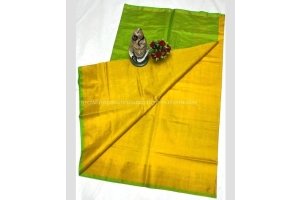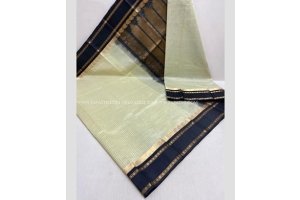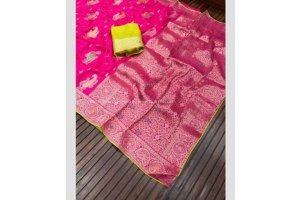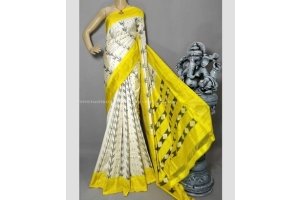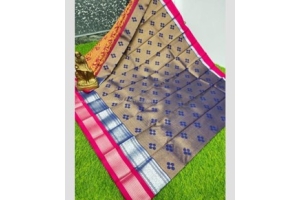What Is The Cultural Significance Of Sarees

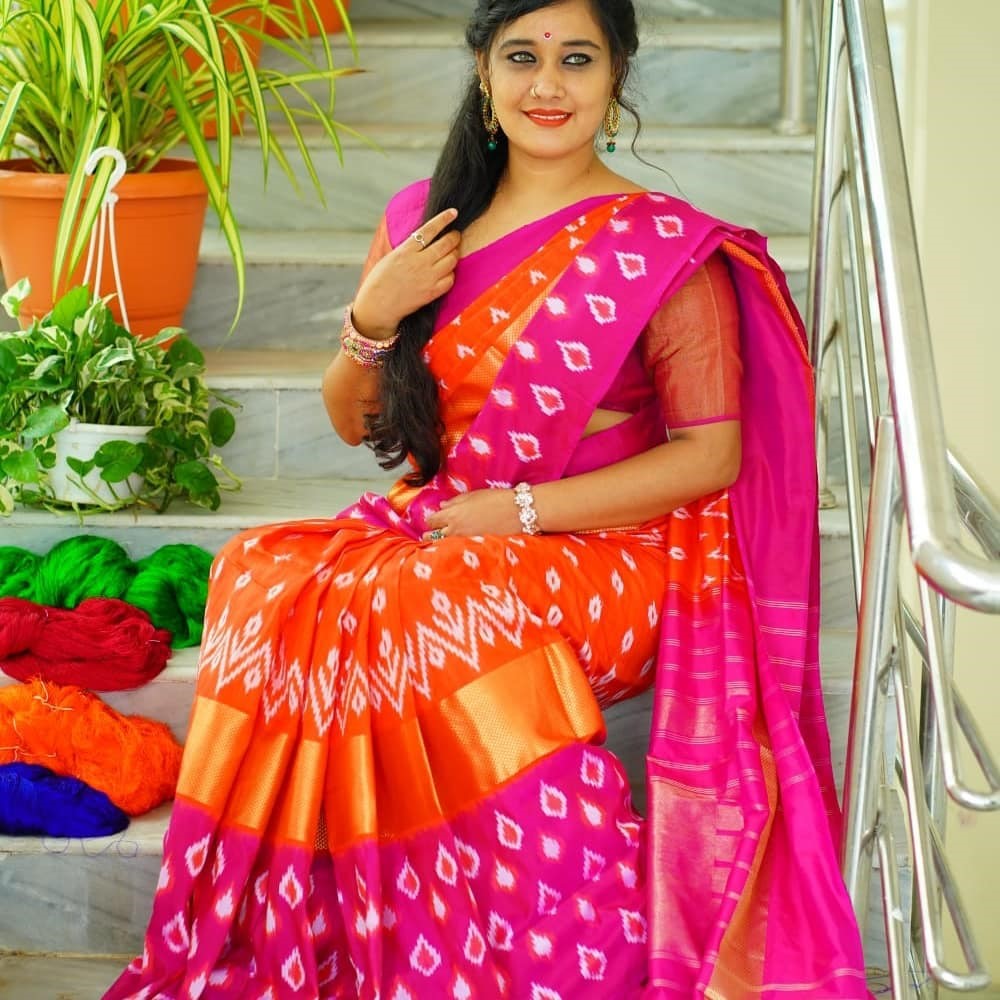
One of the most well-known and frequently worn traditional garments in India is the Tripura silk sarees. Sarees are the ideal clothing choice to showcase Indian women's grace and beauty. Indian sarees have never gone out of style in the fashion world, from the time of the Mahabharata to the age of AI.
It is currently among the most widely adopted fashion trends among Younger Generations Without the Kollam Pattu saree's significant evolution, its enormous appeal would not be feasible. One outfit that never stops evolving in terms of style and form is the saree, which is dependent on both prevailing fashion trends and people's lifestyles. Because of this, you may find this clothing in every Indian home, from grandma's shelves to the granddaughter's closets.
The Origins Of Sarees:
Indian Mangalagiri Pattu sarees have a long history, as evidenced by the mention of them in revered Indian literary works like the Mahabharata and the Ramayana. The Indus Valley civilization, which lived between 2800 and 1800 BC in and around the western region of the Indian subcontinent, is one of the ancient civilizations whose history can be traced back to that of sarees.
Women's practice of wrapping themselves in a large piece of cloth during the Indus Valley civilization has been supported by evidence. Although the fabric and silhouette were far different from what is seen today, this ancient garment bore a remarkable resemblance to the Mangala Giri Cotton silk sarees in that it was a cloth draped over the body.
The Significance Of Sarees:
To appeal to style-conscious women all across the world, all historic shapes and fashion trends are being globally adopted. With people exploring new fashion statements regarding this Indian garment, Gadwal Pattu sarees online have deeply ingrained themselves in today's culture of fashion.
Thanks to the amazing workmanship and artistic skill demonstrated by qualified Gadwal sarees weavers who never stop striving to produce saree better than ever before, saree enthusiasts today have a wide range of intriguing options. The saree features a petticoat for the bottom half of the body, which helps tuck in the pleats of the saree to hold it in place. Sarees are typically worn with a blouse covering the upper part of the body.
Due to the demand for sarees over the world today, they have begun to affect worldwide culture. It is the ideal outfit for individuals looking to enhance their lifestyle with flair and grace.
Saree's Value In Indian Culture:
India is a nation with several dialects, many traditions, a wide variety of clothing, and numerous ways to worship God. Despite having varied conventions and traditions, India has maintained its uniqueness. Although there is a lot of diversity in terms of beliefs, languages, clothing, and rituals, India as a whole is connected by an underlying thread.
India's strength comes from its willingness to embrace the best aspects of foreign influences and incorporate them into its already rich cultural legacy. This facet of Indian culture can be seen in the expansion of the "saree" or "sari," which is the country's traditional clothing.
Tripura silk sarees have traditionally been an important part of Indian culture. For costume enthusiasts all across the world, it has served as a source of inspiration and admiration. The conventional Indian saree enjoys considerable notoriety and popularity around the world. Women of all ages enjoy sarees, whether they are from the East, the West, the North, or the South.
● Nowadays, nine-yard sarees are the most common attire choice for ladies in cities and the countryside during religious ceremonies.
● In many parts of India, the saree's pallu is also draped differently. It is draped over the left shoulder in some locales and the right shoulder in others.
● According to family customs, some women wear the pallu over their shoulders while performing daily tasks or cover their heads out of respect for the elderly.
● At crucial events like weddings, religious rituals, and festivities, sarees are indispensable.
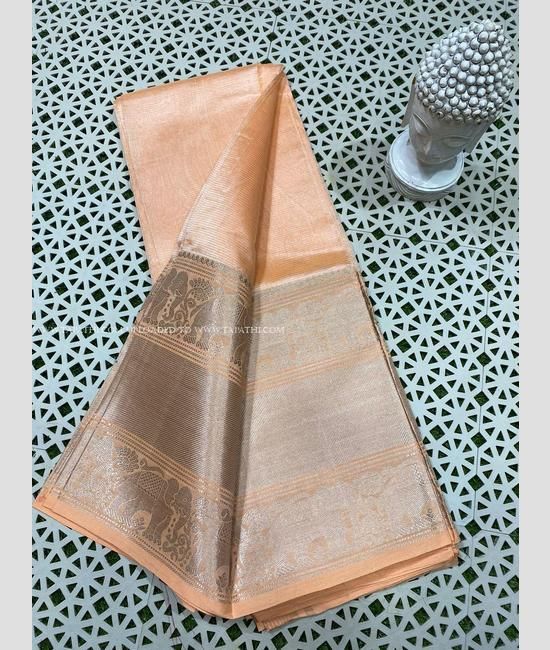
The Importance Of a Saree's Colour:
Additionally, the Kollam Pattu saree’s use of colour has great significance. Sarees come in a variety of hues, each of which represents a different set of virtues, characteristics, and themes. A saree is typically chosen based on the hue that goes best with the weather. For instance, individuals enjoy donning red sarees on Tuesday, green ones on Wednesday, yellow ones on Thursday, and black ones on Saturday. Sometimes they might mix n match blue with pink blouse designs. Astrology and numerology hold a lot of significance for Indians. Women decide what colour saree to wear based on astrological predictions.
● Red:
On exceptional events, including weddings, parties, and other memorable moments, women wear red saris. Women choose to wear red with a patch blouse design on various occasions because it represents passion and dominance.
● Blue:
Sarees in shades of blue are symbolic of tranquilly, peace, and quiet. It is appropriate for times when a woman wishes to stand out in a crowd.
● Orange:
Wearing orange-coloured sarees is customary when the weather is bright and sunny because orange symbolises freshness and brightness.
● Yellow:
The colour yellow stand for positivity, brightness, and warmth. Yellow sarees are ideal for events and ceremonies that are held throughout the daytime since they make you appear upbeat and clever.
● Green:
Green represents fertility and is connected with nature and vegetation. For celebrations and outdoor activities, a green saree is a perfect choice because it symbolises prosperity.
● Black:
Elegant and strong are represented by black. It is appropriate for every situation. For business meetings and evening gatherings, a black saree is perfect.
● Pink:
Pink is linked to femininity and romanticism. Due to its strong romantic connotations, it is a suitable option for the occasion. Women look friendly and capable of loving others when they wear pink. Pink saris have a sweet appearance and are perfect for daytime wear.
● White:
The colour white stands for tranquilly, chastity, comfort, and spirituality. The best saree colour for festivals, events, and daytime activities is white.
So, Tapathi is the only place to turn if you're looking for the best Indian sarees to wear for a particular occasion. They have the largest assortment of Indian sarees and will go above and beyond to make sure your experience utilising their services is effortless.

